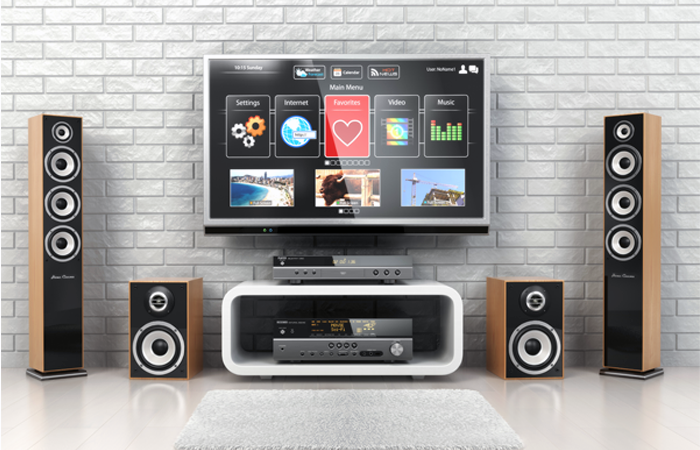
Smart home ecosystems are becoming an increasing presence in our homes. From smart speakers, TVs, heating controls and game consoles, smart technology is finally becoming commonplace.
Two hotly anticipated game consoles are already bolstering the trend for smart technology. The Sony Playstation 5 and XBox Series X may well have been delayed by Covid-19, but early sales are already impressive. Right now, millions of gamers will be getting to grips with the latest innovations and improvements to their favourite console.
Juniper Research recently predicted that the number of smart home entertainment devices is set to double, from 7.4 billion at the end of 2020, to 13.5 billion by 2025. The revenue attributable to smart home devices is predicted to reach $230 billion within five years, with much of this growth being driven by new gaming devices.

Not Just About Games
The smart home revolution is not just about gaming. However, as well as play, there’s plenty of work to be done with the Covid-19 crisis turbocharging a continuing trend towards greater home working. Some operators saw internet traffic increase by 60% as workers set-up home offices and adjusted to remote working. In the US, home broadband traffic increased by 20 to 40%.
As vaccines begin to be administered, there may be some movement back towards the office, but any return to the old normal seems unlikely. Bill Gates is predicting that post-Covid, many companies will expect their employees to spend well below 50% of their time in the office.
There is no doubt that remote working is here to stay, making it a key part of the new smart home ecosystem.
Different Demands
With this emerging trend starting to gather pace, operators will need to adapt to the different demands that games and remote working can place on home broadband connections. Packages will need to be optimised, with different QoS or quality of service levels, replacing the one-size-fits all bundles.
Delivering an attractive blend of different QoS-based services will need different SLAs (Service Level Agreements) and the tools to deliver them. So, now not only do you need to satisfy demand from the plethora of smart connected home devices from the most trigger-happy gamers to the bandwidth-hungry home office knowledge workers, you also need to think how these demands will be met simultaneously. Fibre may suffice some of the time, but you’re also going to need optimised fibre.

Deep Optimisation
To win, maintain and satisfy very different user demands, the industry must start offering SLAs that are fine-tuned and deeply optimised for different sorts of connectivity profiles. You may not want any evening digital treats; but your neighbours will, and the new suburban business setting-up across the street will want high-performance connectivity to support all those remote real-time video sessions, too.
Granular delivery of services will depend on your ability to manage and monitor your network. It will also need to take full advantage of self-healing networks. There will also be savings to be made by superb engineering and resilient delivery, so that you don’t have to keep contact centre agents busy or burn diesel or electric vehicle battery life by sending out repair technicians constantly.
Learn More
The good news is that Enghouse Networks is steeped in just this level of fibre operational analysis and troubleshooting – and understands the pain points where cost savings can be made and friction eliminated.
Operational analytics is an essential tool to provide CSPs with the visibility you need to ensure your amazing fibre resource is performing at maximum efficiency and providing customers with the high-quality, and increasingly customised, experiences they expect.
So, will you be able to provide customised broadband to your customers?
Speak to the expert team at Enghouse and we will work with you and make it happen.